by Steve Selden | Jan 10, 2020 | Tour News
This classic northern image of a warmly dressed child in Pangnirtung, Nunavut. The simplicity of life in the north forces us to consider how complex life becomes here in the lower hemispheres. Survival can be a wonderfully, freeing way of life and every day it’s a part of life for Inuit peoples.
by Steve Selden | Jun 4, 2019 | Tour News
This beautiful and iconic photo of an Inuit hunter in the far north evokes memories of another time. Time seems to stand still in the Arctic although modern ways are starting to creep in. Still, the lure of this untamed land is the feeling of true free-living and wide open landscapes filled with roaming wildlife. Hopefully, we can protect this last frontier for all future generations!
by Steve Selden | Feb 17, 2017 | Conservation
A 2016 Scientific Working Group report on two Arctic sub – populations was released last week and appeared to confirm what local Inuit have been seeing over many years. Polar bear populations in Baffin Bay and Kane Basin are considered stable and not declining as Polar Bear Specialist Group scientists previously claimed.
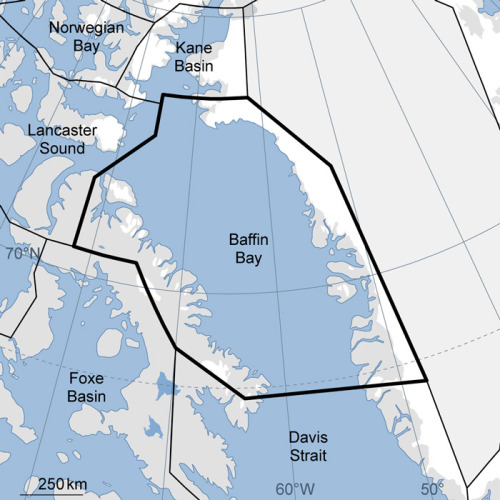
The IUCN Polar Bear Specialist Group had previously designated the two sub – populations to be in decline mostly as a result of over – hunting. The same regions were assessed by Environment Canada in 2014 and termed ‘data deficient” for Kane Basin and ‘likely declining’ for Baffin Bay.

The new report suggests the global population estimate should be adjusted to the plus side and the 2015 IUCN Red List also be revised. Currently the only sub – population to hold the ‘likely declining’ label is the Southern Beaufort region. With the new data at hand the global population size should rise from 22,000-31,000 (as designated by 2015 IUCN Red List) to 22,633-32,257 polar bears worldwide. This estimate is not including the surprising 42% increase in the Svalbard area of the Barents Sea sub – population. In 2015 975 polar bears were counted in that region nearly 300 more than the 685 counted in 2004.
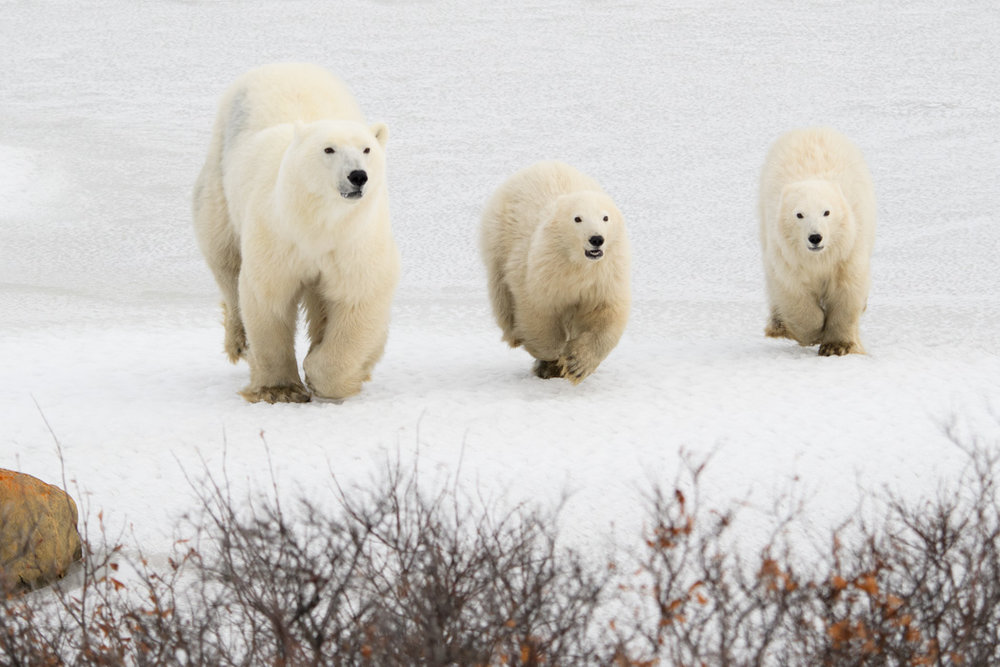
Polar bears on the run to safety. Jeff Klofft photo
In the wake of continuous dark news regarding Arctic ice decline, this news, at very least, is encouraging from a species perspective. With action and continued conservation efforts from groups such as World Wildlife Fund, polar bears and the Arctic can be protected well into the future.
by Steve Selden | Feb 7, 2017 | Churchill News
In a time when the Canadian Arctic is the focus of energy and trade route exploration, there are human cultural issues that need to be part of the picture as well. Maatalii Okalik, is a young advocate for the ever expanding Inuit youth population and her passion is ensuring all young people of the north will be able to live to the same standards as other Canadians. The 27 – year old is president of Canada’s National Youth Council and her mantra is just that,;“to ensure that Inuit live the same quality of life as fellow Canadians.”

Maatalii Okalik Pres Natl Inuit Youth Council. Maatalii Okalik photo.
Okalik knows the road to Inuit health and education equality will be long and winding and will require hurdling deep – rooted social issues frozen in Canada’s colonial history. Okalik fervently believes that the federal government needs to be more active in revitalizing cultural practices, preserving and facilitating native languages, preventing suicides and upgrading and possibly subsidizing some infrastructure problems.
In Okalik, it appears the Inuit young population will have an inspired advocate for years to come. She was recently bestowed the honor of Indspire Laureate, given to Canadian indigenous professionals and young people demonstrating exceptional achievements in their chosen career. Additionally, Okalik was rewarded with the Qulliit Nunavut Status of Women Council’s Outstanding Young Woman Award!
Arctic Deeply, a northern publication recently interviewed Okalik and she conveyed some pretty informative and interesting thoughts on life in northern Inuit communities. Describing the most pressing concerns and issues of Inuit youth Okalik outlined a basic long – term action plan.
Foremost is the Inuit language -Inuktitut- not being allowed in residential schools. English has been forced upon students therefore degrading the native language of the Inuit people. Okalik contends that federal government in Ottawa should actively push to ensure that Inuit youth should be able to access crucial learning materials in their native language. This would set a basis for equitable education for all Canadians. When the Inuktitut language is watered down the culture will slowly be lost when exposed to the rest of the world.
Secondly, Inuit culture and customs have been identified as an identity crisis currently for Inuit youth. As the youngest, fastest growing population in Canada, Inuit youth are finding cultural practices hard to keep up with. School and work and raising young families impose time and cross – cultural constraints on the continuation of age – old Inuit culture. Youth programming has been seen and proposed as a solution. tradition and modernity need to be woven together more smoothly so to ease the differences between the two.
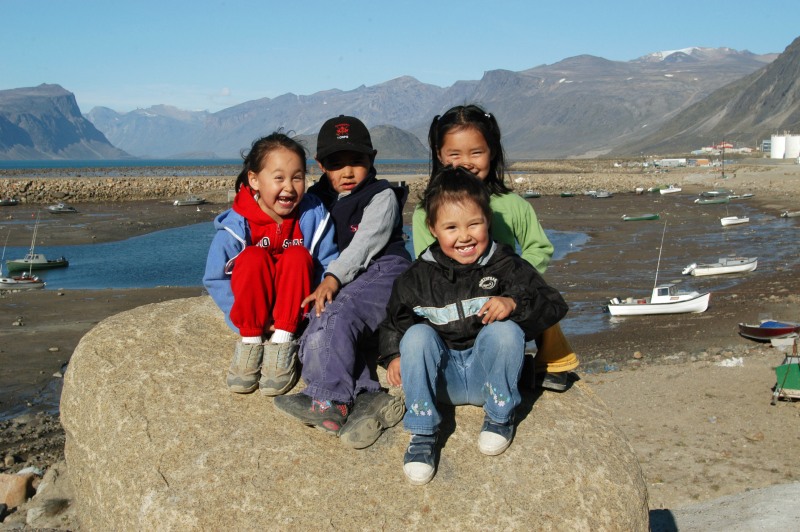
Inuit children in Pangirtung, Nunavut. Robert Galbraith photo.
The third, and most pressing issue, is suicide prevention in the north within the Inuit population. Inuit suicide rate ranks highest within Canada as well as internationally per capita. Okalik and her colleagues contributed to the national Inuit suicide prevention strategy identifying suicide historical tendencies and plans to control them in Inuit communities.
In all these issues it’s crucial to have Canadians as a whole understand the vast gap in social services whether it be housing, food insecurity, cultural access for youth, education or access to quality and equal health care. With Inuit communities existing on the lower end of the spectrum here, there needs to be help assimilating the people to a better way of life being exposed to them from outside. “To me it just doesn’t make sense for Inuit in our particular communities to be living in Third-World conditions. There should be a priority of Canada to address that inequity. It would be a proactive measure that would prevent some of the dire statistics, including our suicide rates.” states Okalik.
Okalik feels her dreams and definitive career moment will be when all Canadians, including Inuit, enjoy the same quality of life. “I think I’m happiest when I see understanding in someone’s eyes – whether that’s an Inuk youth who learned about the history of colonization, or a federal bureaucrat or high-level minister who decides that this should be a priority and it’s a basic human right.” Then that person might be motivated to try and solve the dilemma and possibly influence policy decisions that might impact Inuit in a favorable manner.
Okalik’s near – term hopes are for the federal government to follow through with the Truth and Reconciliation Commission’s call to action #66 restoring power to indigenous communities all across Canada including most urgently Inuit communities in the Arctic. “The other thing that I think that I’d like to see is the telecommunication of the Canadian Arctic to be at par with southern Canada, including internet and phone. We recognize that these are essential services. It’s not at par in the Arctic. That influences education. It’s really important. Especially when, across the Arctic, we don’t have hospitals in all of the communities. Telehealth for example, is something that’s being explored. We should have access all across the board. As well as internet.”
Lastly Okalik believes that air services across the Nunavut settlements need to become more essential since there are no roads to communities. Many of the social inequities pointed to here are critically impacted by this transportation mode.
by Steve Selden | Jan 23, 2017 | Tour News
Before northern lights season starts we wanted to post this blog series from Kathy and Jeff Klofft from Boston. The couple joined Natural Habitat Adventures last fall on a polar bear trip to Churchill and documented the trip in a blog by Kathy and some awesome photos from Jeff. Their blog site is Go See It Travel documenting their adventures around the USA and world. These next few days we will publish their account of Churchill as well as lots of photos from the experience! Enjoy.
Polar Bears of Churchill, Manitoba, Canada
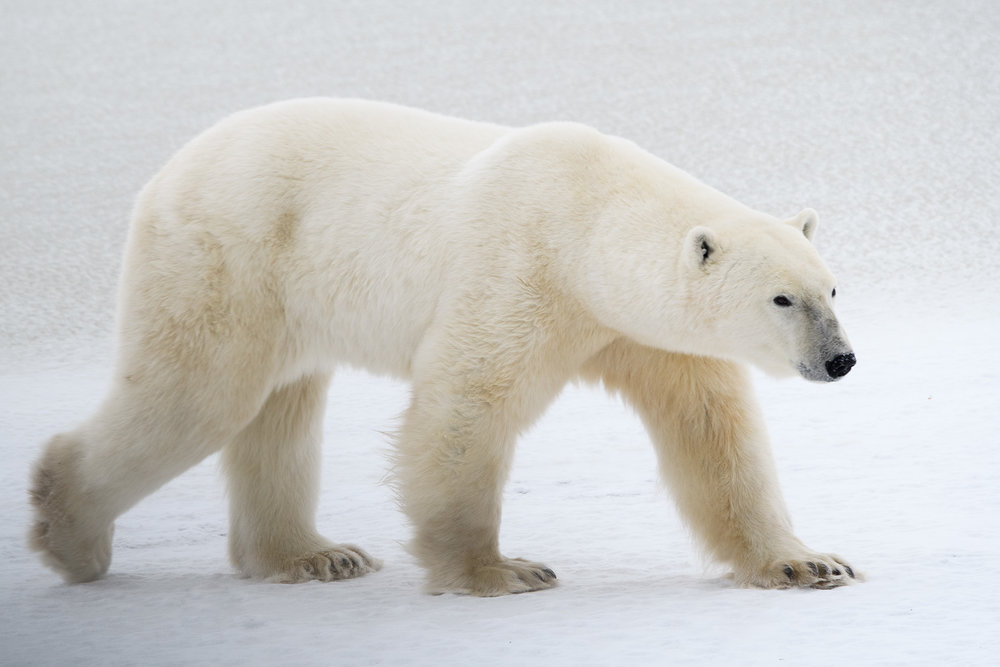
Polar bear on the Churchill tundra. Jeff Klofft photo.
There are only a few places in the world to see polar bears in the wild. This opportunity is further restricted by the fact that generally solitary polar bears have a huge territory range for most of the year and most live year round out on polar ice that is virtually inaccessible to human beings. The bears eat primarily seals, hauling them out of their breathing holes in the ice with their enormous paws. Some of the bears living furthest south, such as the population near Churchill have to move to land for a few months when the ice melts each summer. One place where polar bears can be seen is in Churchill Manitoba in the Wapusk National Park in Manitoba, Canada. The park area was created on the shores of Hudson Bay, where polar bears wait for the ice in Hudson Bay to freeze each fall. The bears don’t eat during the summer, spreading out in Northern Canada or denning up to give birth to cubs, and are just waiting for the ice to form again, so they can go back out hunting.
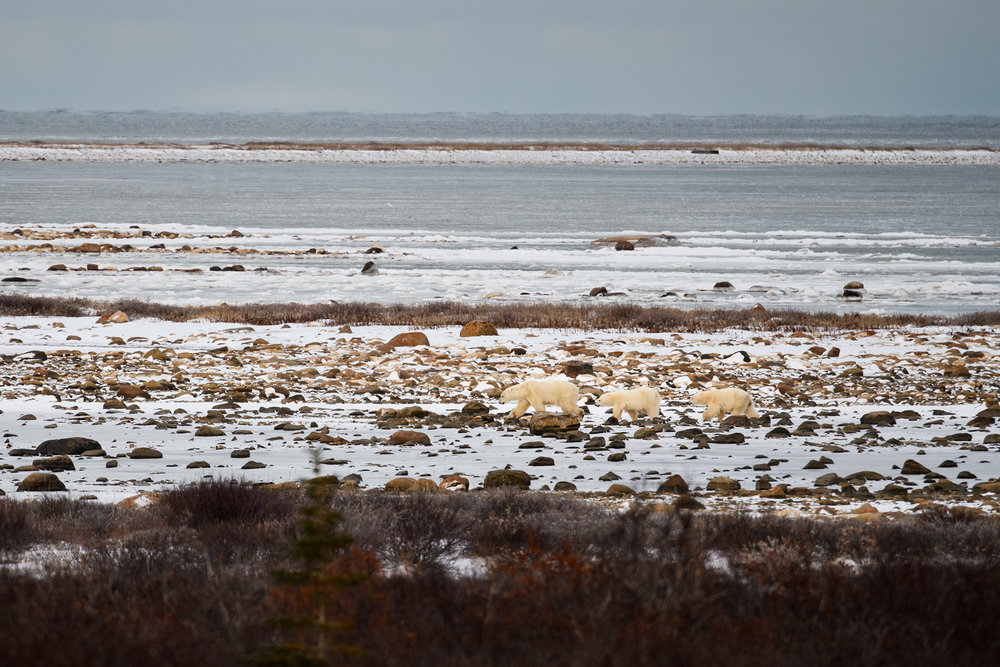
A mother and her cubs wait for the ice to freeze on Hudson Bay to begin hunting seals. Jeff Kloft photo.
With a helicopter (like the researchers use) or lots of time living in bear country, a human might have an encounter with a bear during the 8 months, or so of the year that the bears are on ice, but most chances for bear and human encounters in Churchill will be in the late fall, mid October to mid November, when the bears start to literally lie on the shores waiting for the ice to from. Watching the bears on the shore waiting reminded me of this adaptation of a phrase about boiling water…”a watched bay never freezes!” But their month long wait on the shores of the Hudson Bay also provides a chance for human/bear encounters.

Polar bear warning sign in Churchill. Jeff Klofft photo.
For most of human history, polar bear/human encounters consisted of bears being hunted by Inuit people who used every part of the bear for survival, or dangerous encounters where bears sought human food or sled dogs and had to be destroyed to protect people and property. We learned from our guides that governments who operate in polar bear range states joined together to make agreements which would allow traditional hunting for people who rely on polar bears for survival, but protect them commercial hunting, which was decimating the numbers of polar bears in the wild. Since then, efforts were made to ensure bear/human conflicts could be avoided. Polar bear tourism was developed to happen only in the safest ways for both humans and bears. During our trip we heard from Elizabeth Kruger, World Wildlife Federation Arctic and Bering Sea Program Officer, that local residents have been empowered and trained to use bear patrols to redirect bears from populated areas, and local activists have changed garbage handling methods to discourage them from seeking human food. Our polar rover driver described that growing up in Churchill, the family would go out to the dump to see bears. Today, creative handling and containment of garbage have eliminated the bears at the dump and they roam where they belong, in the tundra. In Canada concessions were given to allow operators to allow polar bear tourism in the safest possible way.
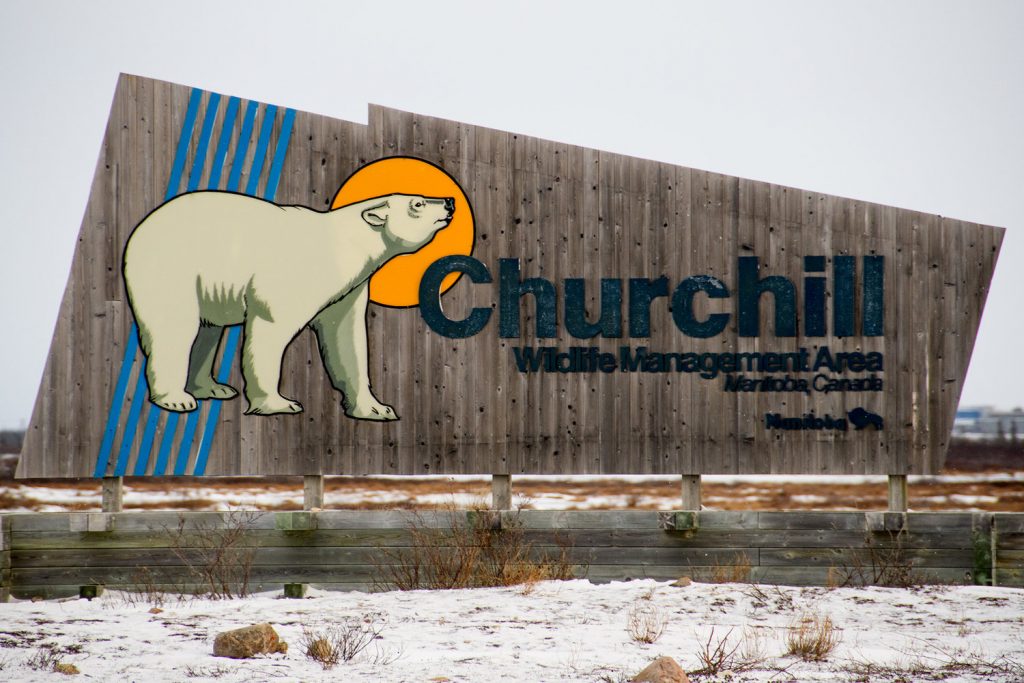
Welcome to Churchill sign on the outskirts of town. Jeff Klofft photo.
So…bears are being conserved, but there are only a few weeks a year in Churchill when it’s practical to see polar bears, and the location to find them is still very remote…so how do you “go see it”?!
Tomorrow we will post more of the blog and answer the question above.










